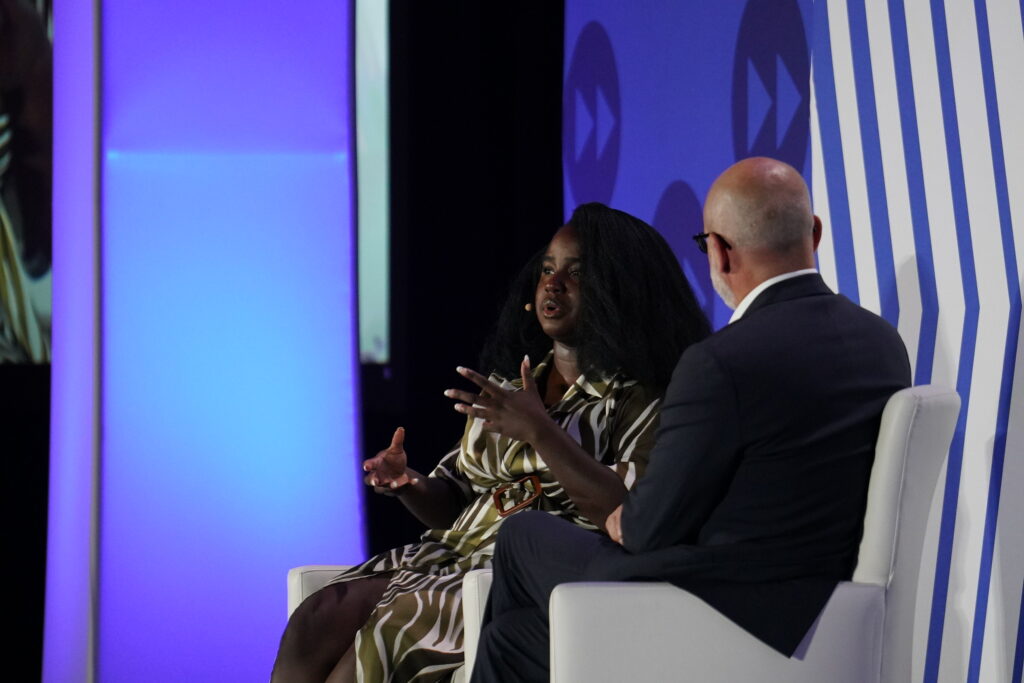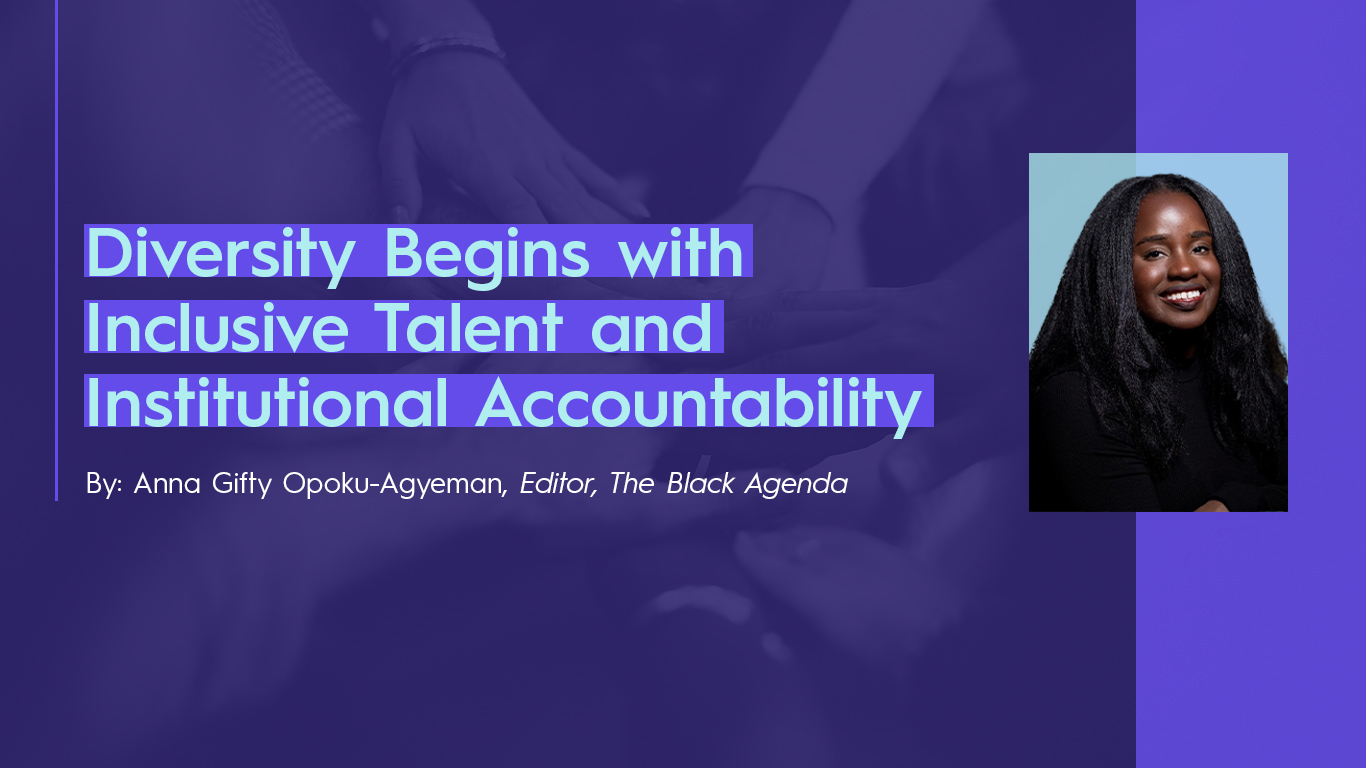Diversity Begins With Inclusive Talent and Institutional Accountability

When I arrived at the NextUp Executive Forum last week, I was in awe of the women walking around in tailored suits and name brand blouses. In a phrase, I felt that I had made it, being ushered into the highly coveted club that few are able to break through. Rare air, if you will.
I grew up watching USA’s Suits, a show centered on high powered lawyers leading a firm in the heart of Manhattan. At the center of each episode’s chaos was the leading woman, a Black woman by the name of Jessica Pearson played by the indomitable Gina Torres. Jessica represents everything that I want to be: Smart, classy, and intelligent with wit as quick as Usain Bolt. I can say that being among the women of Next Up this week reminded me that all of that lies within me, and beyond me.
That is all to say that women’s leadership cannot be where the buck stops, where conversations about diversity, equity, and inclusion end. In fact, as the numbers show, the state of Black women in Corporate America is abysmal — not because of lack of talent, but because of lack of opportunity. Which is why I want to leave you all (or introduce you rather) to three big takeaways, all of which have Black women, and the communities of color in mind.
- On Allyship: Being an Ally is something you earn through sustained interaction and investment with marginalized communities. Allyship is ensuring that people in your organization, who are different from you, are seen. Sponsorship is about wielding your existing power to create further access and opportunities for people typically excluded from the spaces you enter. At the end of the day, how an organization treats current talent is indicative of how they will treat incoming talent.
- Be Proactive, not Reactive: Nobody wants to be part of an organization that just reacts. It is preventative care to work alongside academic researchers to identify blindspots and places for growth, especially with respect to diversity, equity, and inclusion. Your organization should not just prioritize survival, but rather prioritize thriving in equitable practices. That means, do not wait for an equity crisis or trending topic to emerge before you begin addressing the root of inequity within your organization. Ensure that as a business leader, you are seeking out opportunities for growth and reflection, that you are listening to and validating employees who come from different backgrounds.
- Black Women Best: The best outcome for Black women is a better outcome for everyone else. In corporate, if it takes Black women 19 months to make what white men make in one year, and 15 months for women to make what white men make, then focusing on closing the gender pay gap for Black women effectually impacts all women. There is recent evidence that also shows that remote work has proved to be beneficial for Black women and employees of color overall. If your organization’s policies fail to consider this, do not be surprised when those same employees express dissatisfaction with work culture and policy. In the meantime, I hope you connect to organizations centering Black women in corporate beginning with Black Girls in Boardrooms and The Sadie Collective, which I co-founded.
Thank you again for welcoming me with open arms. I hope that many of you will remain in contact and translate the excitement you felt, during the Executive forum, into action within your respective workplaces.



